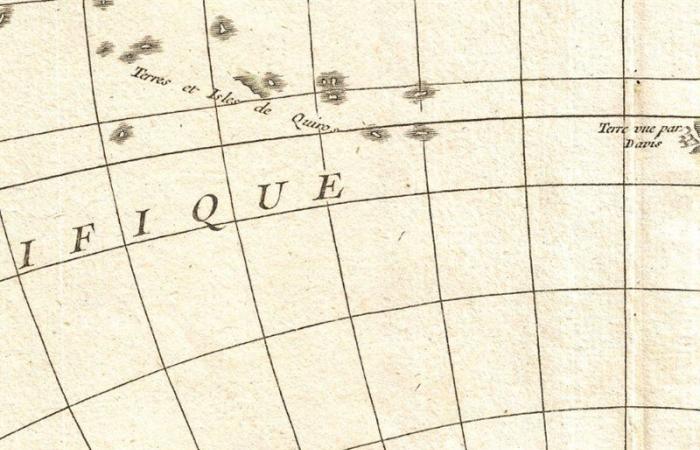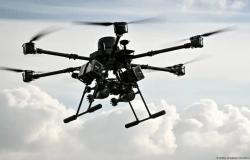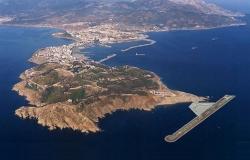
The story of Kosmos 482 is that of a truncated promise, A Soviet artifact released in 1972 for Venus and since then wandered on the periphery of the earth as an orbital relic.
Now, after more than fifty years trapped in a diminishing orbit, this robust spacecraft will rush back home – although “house” is a generous word for an exiled creature of interplanetary sleep.
According to predictions of the United States space and satellite expert Marco Langbroek From the Technical University of Delft, the reentry would occur between the night of 9 and the early morning of May 10, although with a margin of error of up to 20 hours.
More than space scrap
Kosmos 482 is not an any piece of space scrap: it is a descent capsule built to survive the brutal conditions of Venus. Most likely, astronomers point out, it is to cross the earthly atmosphere without disintegrating, reaching the surface with the violence of a car falling from the sky. Its mass of almost 500 kilos and its compact shape, similar to that of its successful twin Venera 8, make it one of the most dangerous pieces of space debris that have returned to the earth.
Although the risk for the population is low-around one among several thousand, according to Jonathan McDowell of the Harvard-Smithsonian Astrophysics Center-the event does not cease to generate concern.
The capsule could impact any point between 52 degrees of north and south latitude, a huge belt that covers cities, jungles, oceans and deserts. The majority of the planet is an ocean or uninhabited territory, which increases the probability of a harmless impact.
-
Even so, uncertainty generates a kind of cosmic restlessness: an orbital Russian roulette where no one knows if the number of your country will be awarded.
In a disturbing precedent, fragments of the same launch that put Kosmos 482 in orbit have already fallen into inhabited areas. Two days after the failed takeoff, a part of the rocket hit a farm in New Zealand. But this time we don’t talk about rubble: We talk about a whole and possibly intact body, descending more than 240 kilometers per hour.
Origins
The capsule was conceived as part of the ambitious Venera program, whose mission was to conquer Venusian hell. Venera 7, in 1970, was the first to perch gently on the surface of another planet. Venera 8 followed his steps in 1972. Kosmos 482, his failed sister, was trapped when the upper stage of his rocket failed to accelerate enough to escape the earth’s gravity.
Since then, the capsule has remained in an elliptical orbit that over the years has been shrinking, until it is trapped only 350 kilometers high, where the atmosphere begins to inexorably stop its trajectory.
The worrying thing about this event is not only its uniqueness, but what it predicts: A saturated future of similar risks. In recent years, the number of low orbit objects has shot due to the rise of satellite constellations such as Spacex Starlink. Although they are designed to disintegrate in their reentry, in 2024 cases of remains found in Canada, Brazil, Poland, Australia and even North Carolina have already been documented.
What differentiates Kosmos 482 is his almost archaeological condition: it is an artifact of the past, created with a robustness that would seem unnecessary today. It is designed not to dissolve as a tear in the atmosphere, but to withstand temperatures and infernal pressures. That means that, unlike other fragments that fall in the form of dispersed metal rain, this probe probably arrives as a unique blunt projectile.
Langbroek, in his blog, compares the energy of the impact with that of a meteorite between 16 and 22 centimeters after crossing the atmosphere, a significant collision, although not apocalyptic. The really fascinating – or chilling – is his silhouette: A gray cylindrical form, silent in the vastness of the black sky, waiting for the moment of its final fall.
The return of Kosmos 482 not only marks the end of an orbital anomaly, but also the echo of an era in which the space race was fought with passion, risks and secrets.





